Let me start off by saying that I am using the word “underwater” a little loosely. I am including my lessons learned from shooting near, in, and under the water this summer both in swimming pools and in the ocean.
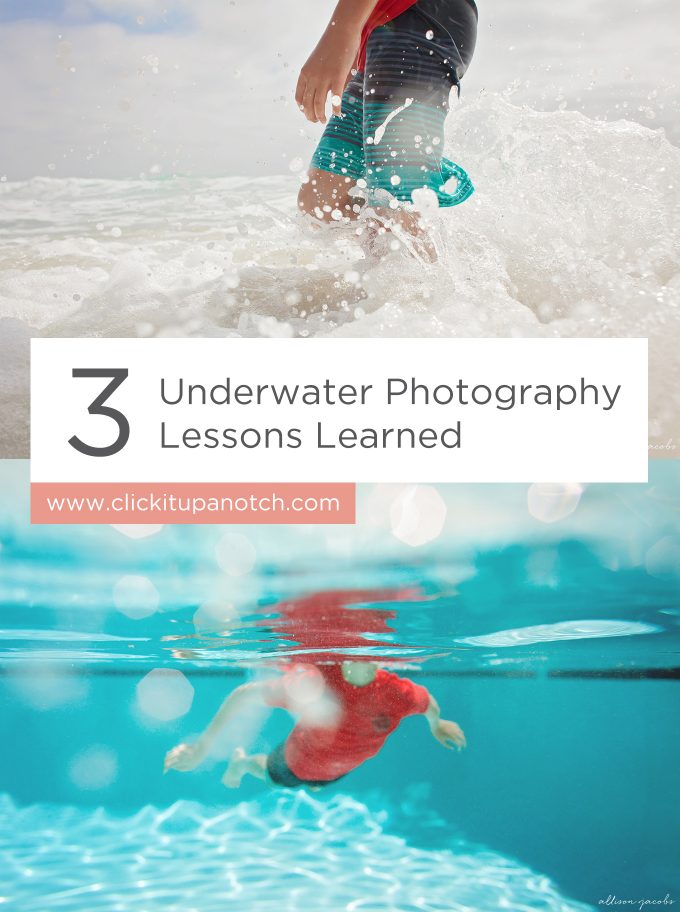
Read more: 6 Underwater Photography Tips
In the past I have used a waterproof point and shoot camera but found the quality of the images wasn’t what I was used to getting with my DSLR. I have also experimented quite a bit with waterproof cases for my iPhone also with mixed results.
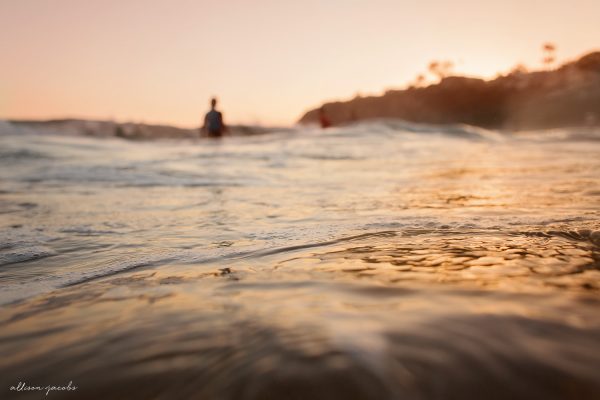
I wasn’t quite ready to spend thousands on the pro gear like SLP housing for my DSLR but I was more than okay with spending just under $100 for a waterproof bag for my Canon 5d Mark II. My thought was that if I love it and find myself wanting to use it all the time then maybe I will add the more expensive professional underwater gear to my wish list.
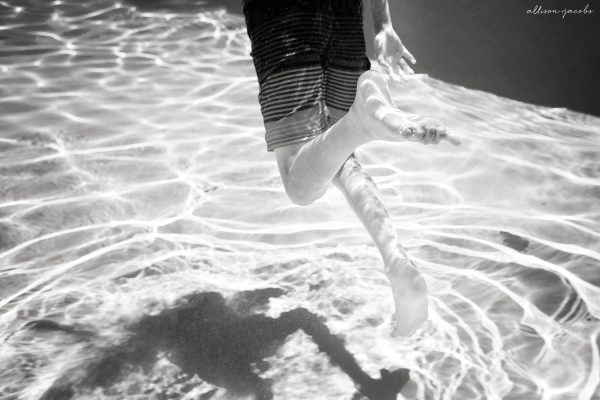
*This post contains affiliate links. Thank you in advance for supporting Click it up a Notch.
After a few months of shooting with this bag the SLP housing is definitely on my wish list. I love, love, love that the underwater camera bag gives me the chance to get right near and in the water but I really wish it had better access to the camera controls. Once the camera is safely zipped up in the bag it is really (really) challenging to change the settings.
I found this to be the most challenging at the beach where the light can be fickle and changing constantly. I have been using the DiCaPac Waterproof Case made for DSLR cameras.
Here are a few of the lessons I learned from shooting underwater this summer.
-
No.01Adjust the camera settings before zipping up the bag.
The other option is to shoot on Aperture priority or Shutter priority mode if this is something that you are comfortable with doing. For me, shooting in Manual is the best way for me to get the results that I want because I can adjust my settings for the light.
I’m not used to shooting in Aperture or Shutter priority mode so when I tried this I just couldn’t get the exposure I was looking for, especially if it was golden hour or I was shooting backlit. I did find that it worked to set my exposure then zip up the bag and head to the water.

-
No.02It is super challenging to focus and set up composition under water.
I tried using a snorkel and a mask but after a few tries, I know I need more practice. I found myself defaulting to shooting compositions that included some of what was happening above plus a little below the water to help.
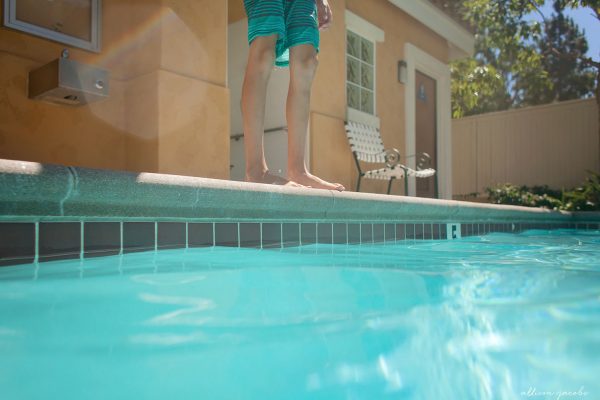
It can be tricky to stay under the water with the gear while shooting but the more I practiced the easier it got. I have read that some photographers will wear a weight belt to help them stay under the water while they are shooting. But, I realized that especially at the beach, I really love the images that are half in/half out of the water so I haven’t tried that trick at the pool.
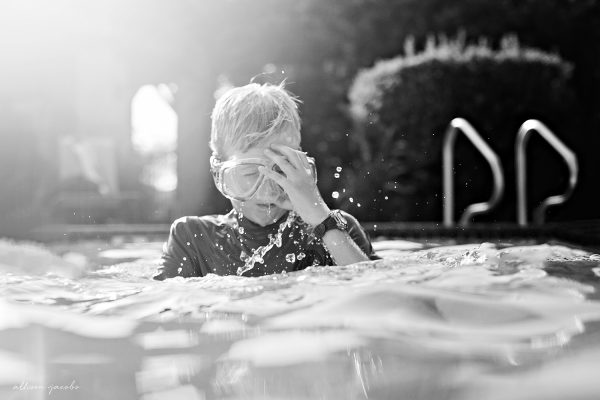
Using a wide angle lens also helps with composition. It will give you a little more space to crop in processing if you need to strengthen the final image. I also like how the wide angle lens allows me to stay close to the subject at the beach.
-
No.03You need to overshoot
I don’t tend to overshoot, even with digital. Sometimes this means that I miss a shot because it isn’t in focus or I missed the moment I was trying to capture. I think this comes from having learned to shoot using film.
But, with this whole underwater/in water business, I found that I was much more likely to get keeper images if I shot twice as much as I thought that I needed to, sometimes triple the amount.
It doesn’t take but a second for a wave to come and change the entire composition of an image + the camera is likely to have more trouble focusing on the subject if there is something moving really close to the lens (like the water).
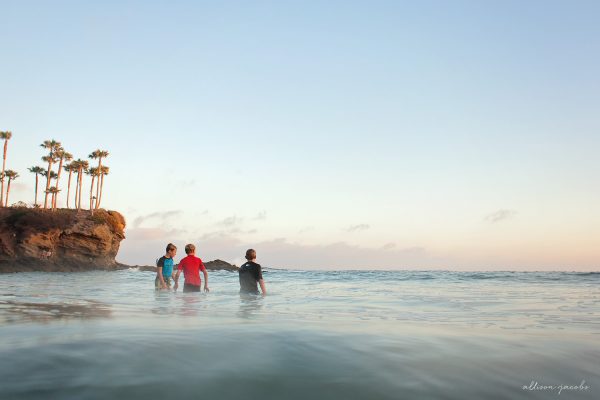
Using a camera bag or underwater housing is such an amazing way to see the world through a new lens. This was such a fun way to shoot this summer without much of a financial investment. I tried not to get too technical while I was shooting but if you want a few more specific tips about how to shoot underwater, Laurie wrote a great post that has more of that kind of info.








Love your photos, Allison!
I invested in a 100 dollar bag for my Fuji x100. I love getting in the water to make photos.
There are so many interesting perspectives that would be impossible otherwise (like the child’s legs being crashed with waves in your photo above).
I find that most water is too murky to completely submerge the camera. I haven’t tried using my camera in clear pool water yet (but I’m sure it would help).
Thanks for the tips, and for sharing your beautiful photos :)
Great post Alli! Love the aquas and reds :)